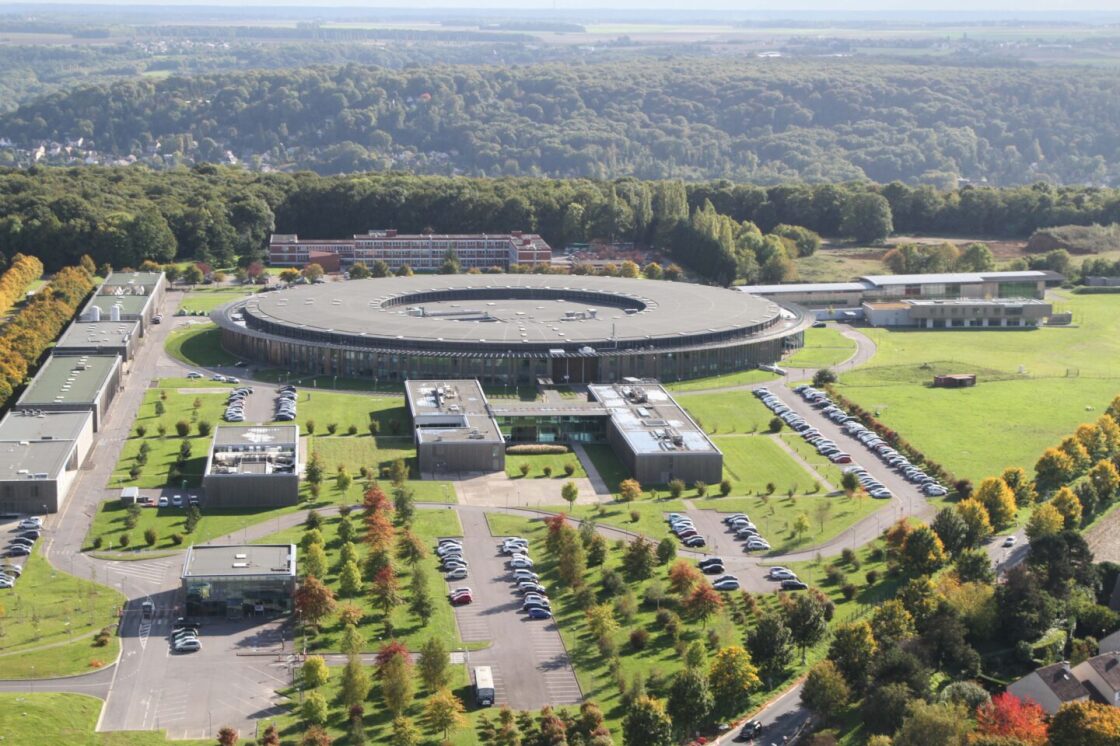Department Spin and Topology in Quantum Materials
Soleil
User Access
Typical deadlines: twice a year in February (15/02) and September (15/09) for standard proposals for beamtime in the period ca. 6 months later.
Guidelines for a beamtime application
Contact person for users from quantum technology
For general questions: contact SOLEIL User office
For respective instrument: contact the beamline scientists
Instruments of SOLEIL especially suited for quantum technology research
|
IR |
nano-ARPES |
ARPES |
XMCD |
REXS, RIXS |
|
IR spectroscopy |
Nano ARPES, XPS |
ARPES, spin-resolved ARPES, XPS |
XAS, XMCD, XMLD |
REXS, holography, RIXS |
|
AILES is dedicated to IR absorption spectroscopy from the mid- to far IR or THz domains. Research on AILES involves studies of the optical properties or low energy excitations of materials. |
ANTARES is dedicated to ARPES with nm lateral resolution Applications to heterostructures, flakes of 2D materials, micro-crystals or polycrystalline samples, different crystal termination, domains in electronic structure. |
CASSIOPEE is dedicated to XPS in the 8 eV - 1500 eV photon energy range. The beamline comprises two endstations for spin-resolved XPS and ARPES, both connected to a MBE chamber. |
DEIMOS is dedicated to magnetic and electronic properties of materials using polarized light. Applications in surface / interface magnetism, spin electronics, quantum magnetism. |
SEXTANTS is dedicated to the study of magnetic and electronic properties of solids by polarized soft X-ray elastic and inelastic scattering in the energy range from 50 - 1800 eV. |
|
Main features •Energy range: 1 - 400 meV
•Coherent Synch. Rad: 40-322 meV
•ΔE/E = 10-3-10-4 meV
•Flux up to 5.1013 Ph/s/0.1%BW @ 100 cm-1
Optics •Normal / grazing incidence reflectivity
•Variable incidence reflectivity
•Attenuated total reflexion
Sample Environments •Low T down to 5K
•High Pressure and Low T (14 GPa /17K)
|
Main features •Energy range: 12-1000 eV
•∆E/E up to 10000
•Flux up to 1015 ph/s/0.1% BP @ 100 eV
•Variable polarization: linear H and V, circular
Optics •PGM with VLS / VGP
•2 Fresnel Zone Plates
Sample Environments •5 axis sample manipulator
•Liquid He cryostat
|
Main features •Energy range: 8 – 1500 eV
•E/ΔE : 20000 to 70000
•Flux 1015 Ph/s/ 0.1% BW
•Variable polarization: linear H and V, circular
Optics •PGM with VLS / VGP
•Toroidal mirror down to 250x200 µm2 / Pseudo-Wolter down to 40x20 µm2
Sample Environments •MBE with LEED, AES, RHEED, sputtering
•4 - 6 axis sample manipulator
•Cryostat 4 K
|
Main features •Energy range: 350 – 2500 eV
•E/ΔE up to 10000
•Flux 1015 Ph/s/ 0.1%BW @ 750eV
•Variable polarization: circular, linear H, V or tilted
Optics •PGM with VGD
•Beam size down to 80x80 µm²
Sample Environments •High field: 7 T // beam; 2 T ⊥ beam
•Variable T from 1.5K to 370 and ultra low T down to 200 mK
|
Main features •Energy range:
50 – 1700 eV •E/ΔE up to 104
•Flux 1015 Ph/s/ 0.1%BW @ 100eV
•Variable polarization: circular, linear H, V
•Use of coherence
Optics •Monochromator VLS
•Beam size down to 80×2 μm2
Sample Environments •Low T
•Magnetic field
|

